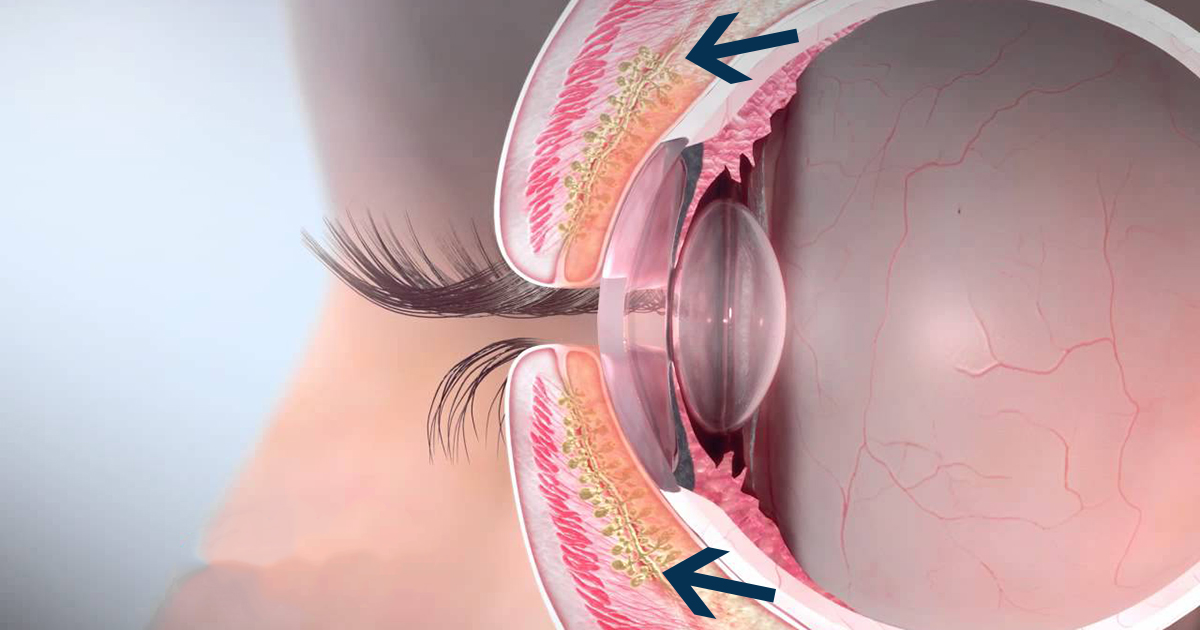Is It A Stye Or Chalazia? Important Facts You Should Know
Styes Are Caused By Bacterial Infections in the Meibomian Glands

Styes are the result of bacterial infections that occur in one of the meibomian glands (which are also referred to as tarsal glands). These glands can be found near the rim of the eyelids located within the tarsal plate. Meibomian glands produce an oily substance called meibum. Meibum is responsible for stopping the evaporation of tear film in the eyes. It also helps to trap tears between the eyelid ridge and the eyeball, thereby preventing tears from spilling out onto the cheek. When meibomian glands are dysfunctional, they can cause dry eyes and blepharitis (an eye condition characterized by eyelid inflammation). Styes occur when bacteria get into these glands and cause an infection.
Chalazia Are Caused By Blockages of Meibomian Glands

When meibomian glands become blocked, chalazia tend to be the result. This is extremely common with those who have Meibomian Gland Dysfunction (MGD). Each eye has its own two sets of meibomian glands. The lower lid has between twenty and thirty of these glands while the upper lid has about twenty-five to forty of them. When a blockage occurs in any of these glands (and it can often occur simultaneously in multiple glands), they are rendered unable to secrete a sufficient amount of oil into the tears, thereby leading to dryness in the eyes. The older an individual gets, the more likely they are to experience chalazia as the result of blockages to the meibomian glands.
